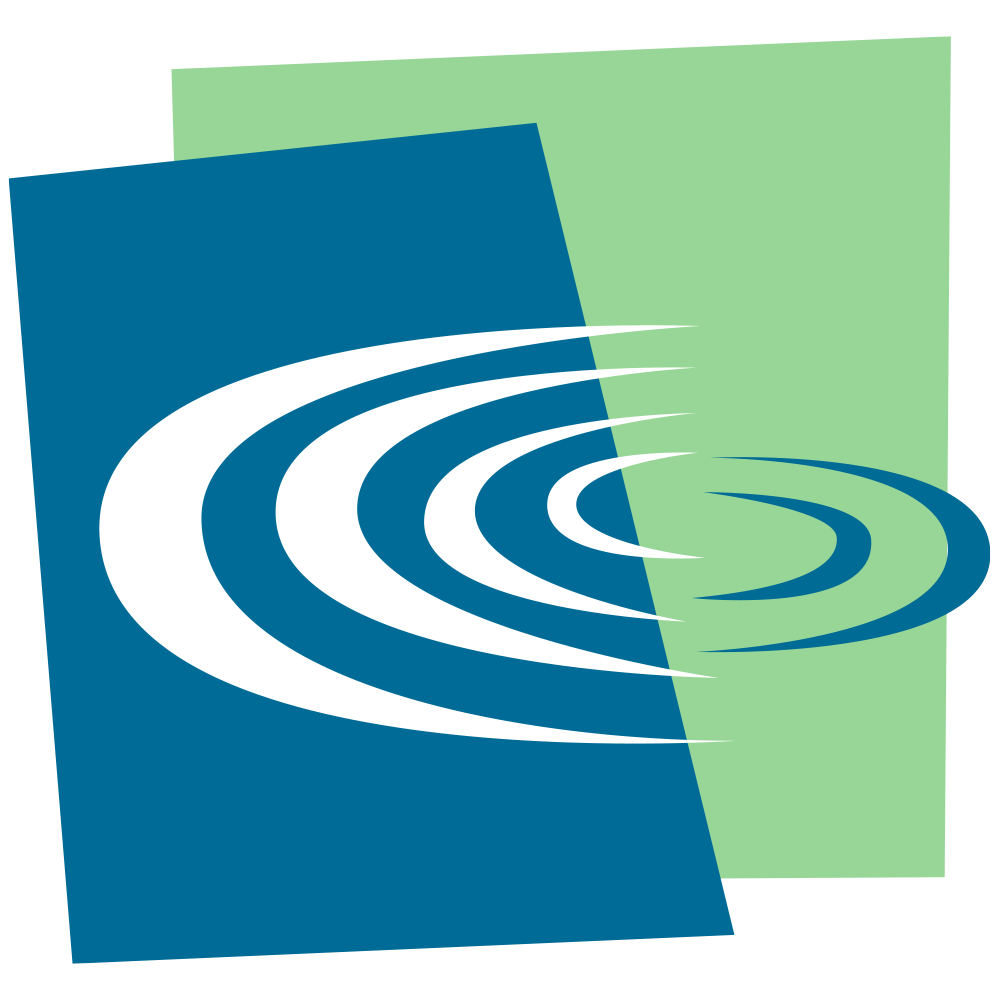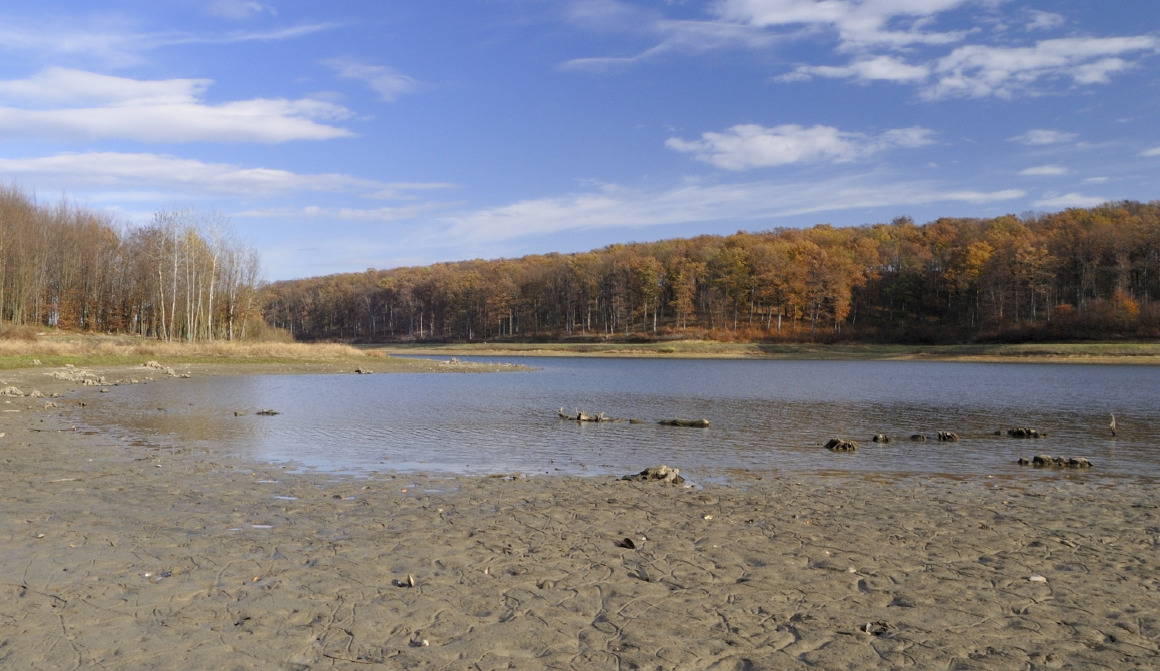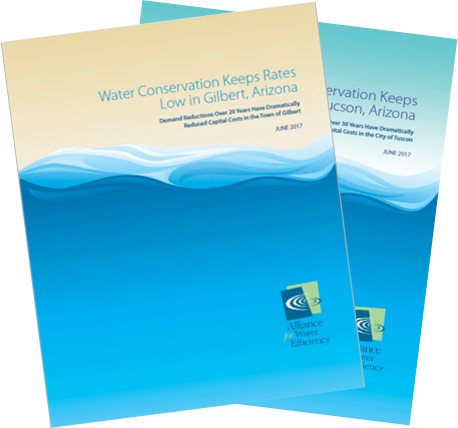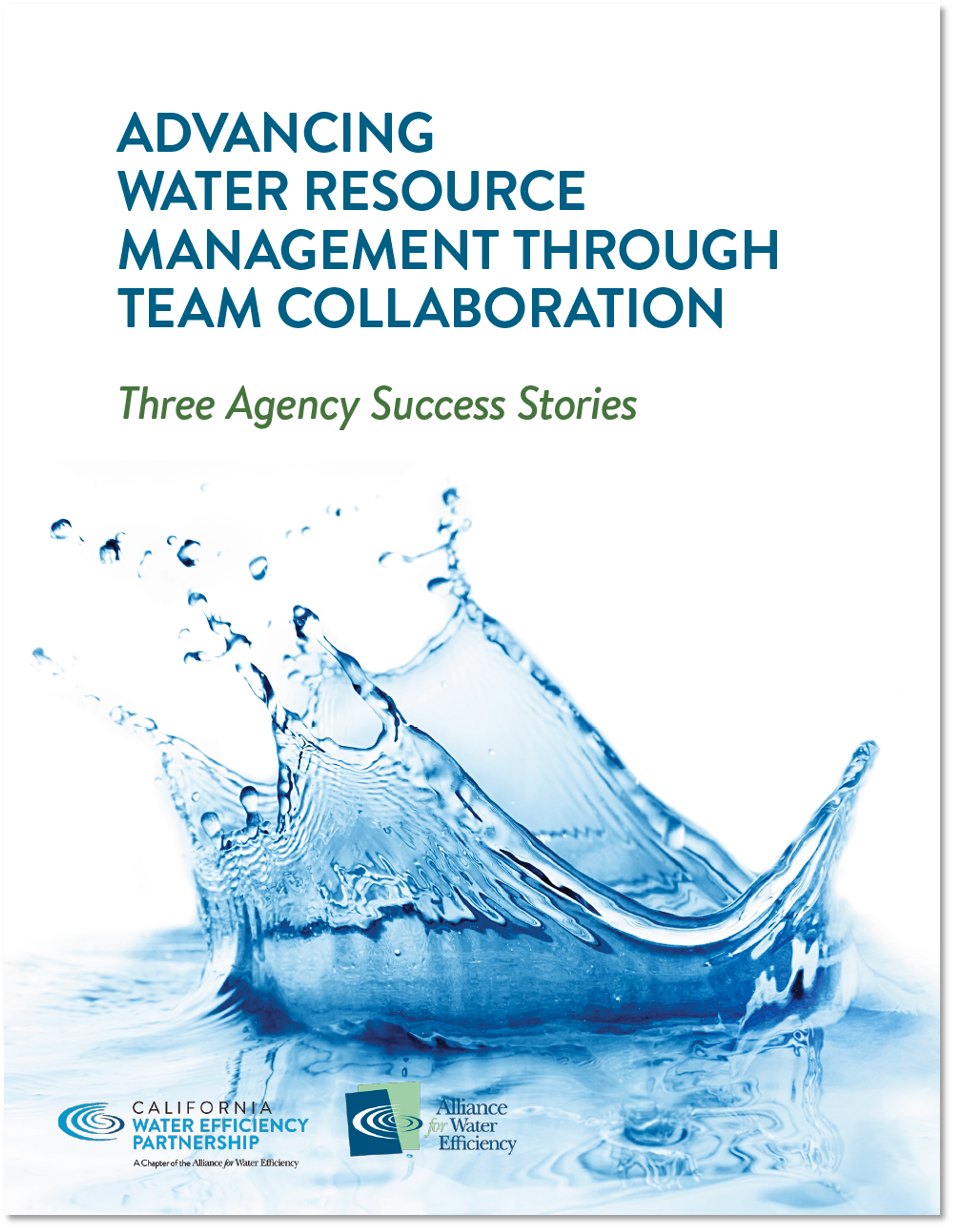 Growing population, climate change, and droughts make it essential for local jurisdictions to manage their water resources as efficiently as possible.
Growing population, climate change, and droughts make it essential for local jurisdictions to manage their water resources as efficiently as possible.
A collaborative effort, spearheaded by Laura Allen of Greywater Action, Regina Hirsch of California Onsite Water Association, and Sherry Bryan of Ecology Action, joined by Central Coast Greywater Alliance (CCGA) and the Alliance for Water Efficiency, focused on developing model ordinance language to simplify adoption by local jurisdictions.
The intent of the ‘Drought-Ready Construction’ model ordinance is to lower the costs and barriers for future installation and future use of alternate water source systems for non-potable uses by pre-plumbing buildings during construction or during certain remodels that expose supply or drainage piping. Jurisdictions can customize the document as required to meet their community’s specific needs. Technical assistance from the Reach Codes Program is available at no cost to jurisdictions interested in pursuing adoption.
Click here ![]() to learn more and to download the ordinance.
to learn more and to download the ordinance.





